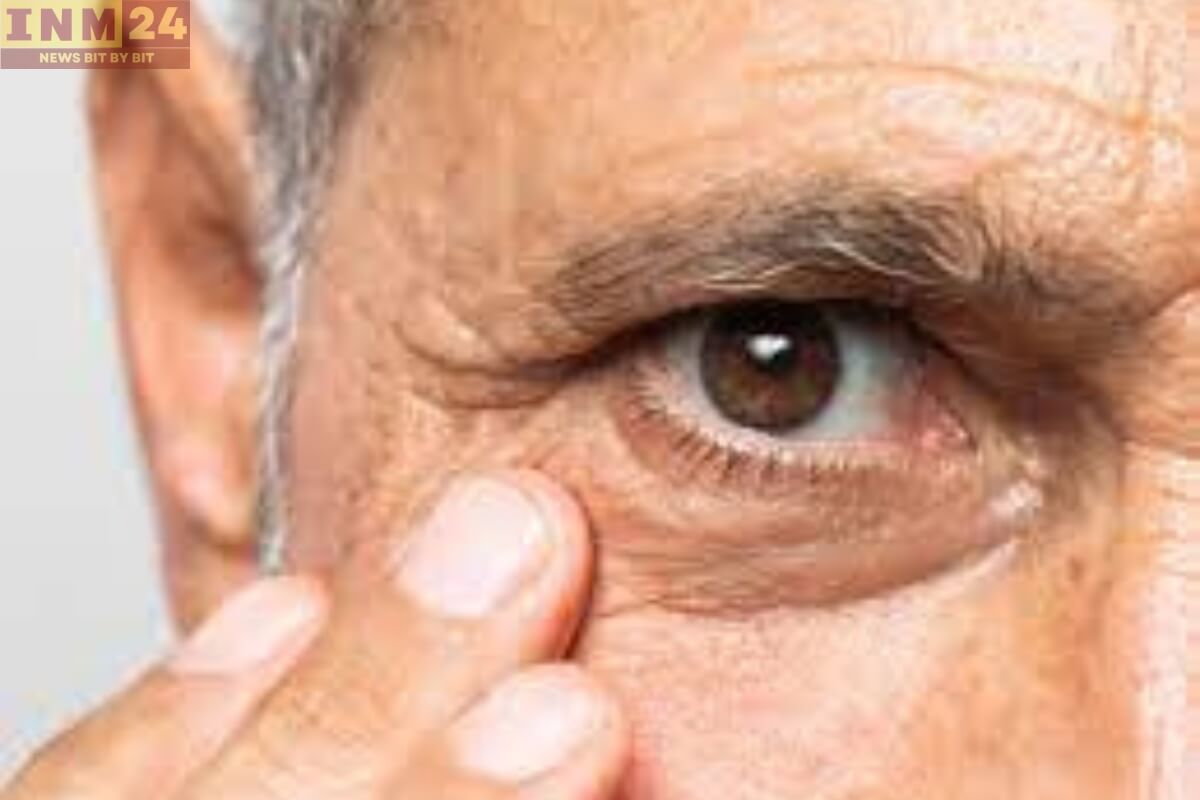As individuals age, they become more susceptible to various health issues, including problems related to their eyesight. Aging often leads to a higher risk of developing eye problems and diseases among older adults. Understanding why this occurs is crucial for both healthcare professionals and individuals seeking to maintain their visual health as they age.
Age-Related Changes in Eye Structure and Function
One primary reason for the increased incidence of eye problems in older adults is the natural aging process itself. As people age, the tissues and muscles in the eyes undergo changes, leading to a gradual decline in vision quality. These changes can affect various parts of the eye, including the lens, cornea, and retina, making them more prone to issues such as refractive errors, cataracts, and age-related macular degeneration (AMD).
Refractive errors, such as presbyopia, hyperopia, and astigmatism, are common among older adults and can cause difficulties with near or distance vision. Presbyopia, in particular, is a condition that typically occurs with age and results in a reduced ability to focus on close objects due to changes in the lens of the eye.
Cataracts are another prevalent age-related eye condition characterized by the clouding of the eye’s natural lens. As individuals age, proteins in the lens may clump together, causing opacity and impairing vision. Cataracts can progressively worsen over time, leading to significant visual impairment if left untreated.
Impact of Age-Related Macular Degeneration (AMD) on Vision
Age-related macular degeneration (AMD) is a leading cause of vision loss in older adults and affects the macula, the central part of the retina responsible for sharp, central vision. AMD can cause blurred or distorted vision, making it difficult to read, drive, or recognize faces.
Other factors that contribute to eye problems in older adults include lifestyle choices, such as smoking and poor nutrition, as well as underlying health conditions like diabetes and hypertension. Additionally, prolonged exposure to ultraviolet (UV) radiation from sunlight can increase the risk of developing certain eye diseases, such as cataracts and AMD.
Regular eye exams are essential for detecting and addressing age-related eye problems and diseases early. Comprehensive eye exams can help identify vision changes, monitor eye health, and facilitate early intervention when necessary. Additionally, adopting healthy lifestyle habits, such as maintaining a balanced diet, protecting the eyes from UV radiation, and avoiding smoking, can help preserve vision and reduce the risk of age-related eye conditions.
Aging is associated with an increased susceptibility to eye problems and diseases in older adults due to changes in the structure and function of the eyes over time. Understanding the factors contributing to these issues and taking proactive measures to protect eye health are essential for maintaining good vision and overall well-being as individuals age.
